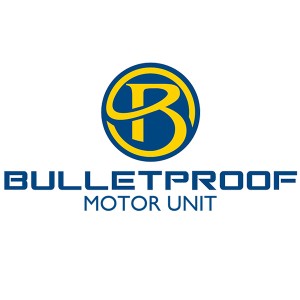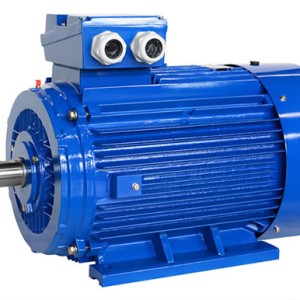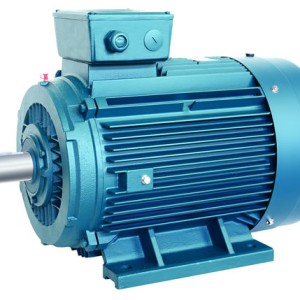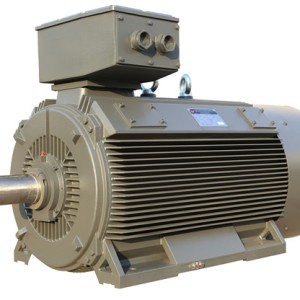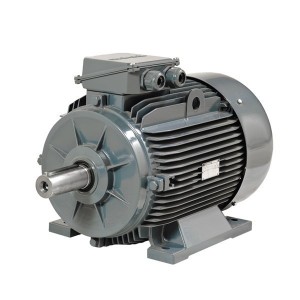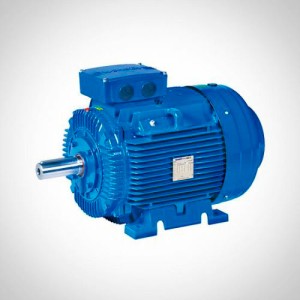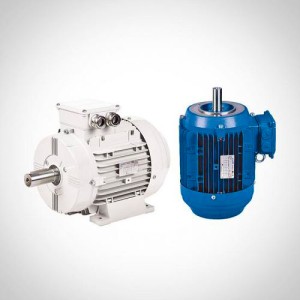Most electricians know that the three-phase stator windings of a three-phase motor have two leads for each phase winding. One end is called the head end, and the other end is called the end. It is stipulated that the head end of the first phase winding is represented by D1 and the end is represented by D4; the head end of the second phase winding is represented by D2 and the end is represented by D5; the head end of the third phase winding is represented by D3 and D6 respectively. The six lead-out wires are introduced into the terminals of the junction box, and the terminals are marked with D1~D6 marks accordingly. The six ends of the three-phase stator winding can connect the three-phase stator winding into a star or a delta. The star connection method is to connect the ends of the three-phase winding in parallel, that is, the three terminals D4, D5 and D6 are connected with copper sheets. At the same time, the head ends of the three-phase windings are respectively connected to the three-phase AC power supply, that is, D1, D2, and D5 are respectively connected to the A, B, and C-phase power supplies. The delta connection method is to connect the head end D1 of the first phase winding to the end D6 of the third phase winding, and then connect to a phase power supply; the head end D2 of the second phase winding is connected to the end D1 of the first phase winding , and then connect to the second-phase power supply; the head end D5 of the third-phase winding is connected to the end D6 of the second-phase winding, and then connected to the third-phase power supply. That is, the terminals D1 and D6, D2 and D1, D5 and D6 are respectively connected with copper sheets on the terminal board, and then connected to the three-phase power supply respectively. Whether a motor is connected into a star or a triangle should be carried out according to the manufacturer’s regulations, which can be found on the motor nameplate. The first and last ends of the three-phase stator windings are pre-set by the manufacturer and must not be reversed arbitrarily. , and D1, D2, D5 are used as the ends, but the head and end of the one-phase winding must not be reversed alone, otherwise wiring errors will occur. If there is a wiring error in the junction box, or the first and the end of the winding are wrong, the motor will not start normally, and the long-term energization will cause the starting current to be too large, the motor will heat up seriously, affecting the life, and the motor winding will be burned or the power supply will be short-circuited. The following is a detailed analysis of winding wiring errors.
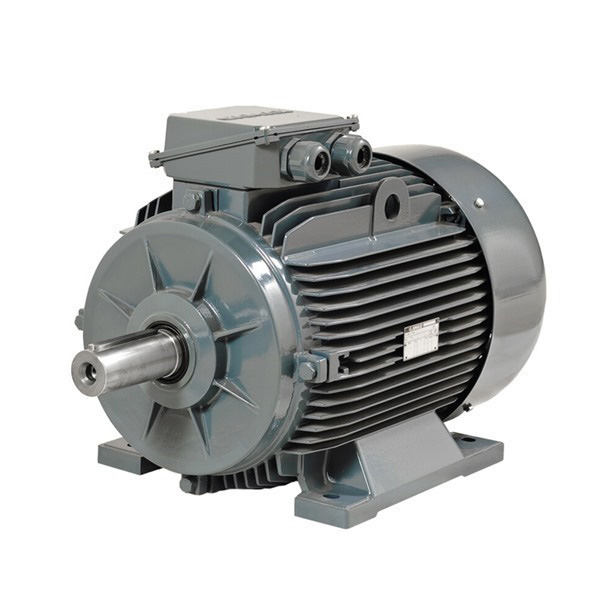
1. The adverse consequences of wrongly connecting the asynchronous motors that should be connected in star operation to delta operation.
For a motor that should be connected to a star-shaped operation, the voltage (phase voltage) of each phase winding of the stator is 1/3 times (ie, 0.58 times) of the rated voltage (power line voltage) of the motor. If it is connected in a delta operation by mistake, the phase voltage of each phase stator winding is equal to the rated voltage of the motor, and the phase voltage of each phase winding of the stator is increased to 1.732 times the voltage specified by the manufacturer. For example, the power supply voltage is 380V, the motor is connected in star operation, and the winding voltage is 220V. If it is wrongly connected in a delta operation, the winding voltage will rise to 380V. When the winding phase voltage increases, the iron core will be highly saturated, and the excitation current of the iron core magnetic flux will increase sharply, which can reach several times the rated current of the motor. Coupled with the load current, such a large stator loop current will sharply increase the copper loss of the windings, and the motor stator windings will be burned out due to severe overheating.
2. The adverse consequences of wrongly connecting the asynchronous motors that should be connected in delta operation to star operation.
After mistakenly connecting the delta-running motor into star-like operation, the phase voltage on each phase stator winding will drop to 1/3 (ie, 0.58 times) of the original voltage. For example, the supply voltage is 380V, and the stator winding voltage is 380V when connected in delta. After the wrong connection into a star, the phase voltage of each phase stator winding is reduced to 0.58 times 380 equals 220V. Therefore, the torque of the motor will be reduced to (1/3)2=1/3 times the rated torque (ie, 0.33 times). At this time, if you still run with the rated load, in order to overcome the resistance torque of the load, it is required that the torque in the star connection should be the same as that in the delta connection, which will force the current of the stator circuit to increase and make the torque go as far as possible. Balance the resistance torque of the load, thereby causing overload heating, and the temperature rise of the motor will exceed the allowable value for a long time. At the same time, it will also reduce the power factor and efficiency of the motor. There is also a situation, that is, when the load is less than 40% of the rated power (such as a large horse-drawn trolley), it is beneficial to intentionally change the delta connection to the star connection. Because when the load is light (generally less than 40% of the rated power), a large load current is not required to make the torque overcome the load resistance torque. However, due to the low winding voltage, the excitation current is reduced more, and the total stator current is still reduced, so the power factor and efficiency of the motor will be improved, and the temperature rise will also be reduced.
Post time: 2022-02-22


